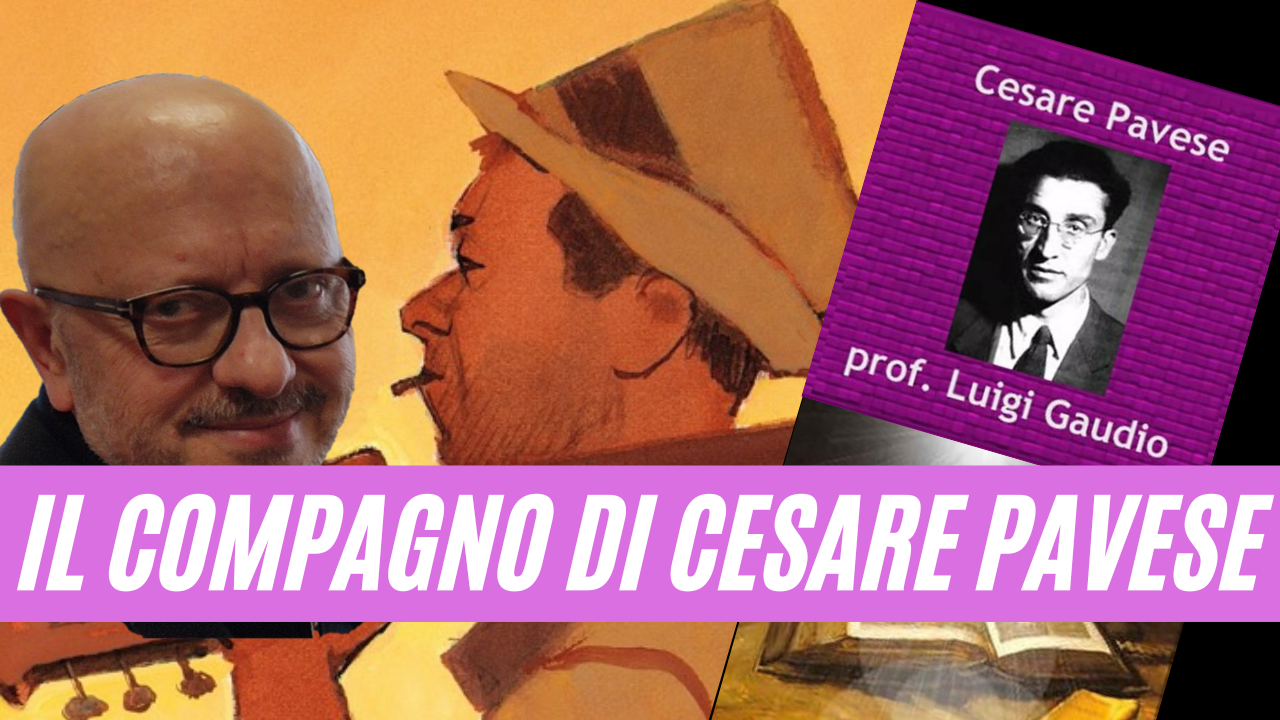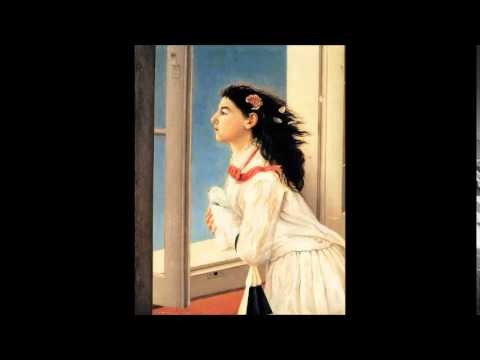
Paolo Gulisano
27 Gennaio 2019
Il compagno di Cesare Pavese scheda libro
27 Gennaio 2019
Dublin: Though he went in voluntary exile, J. set all his worksin Ireland, mostly in Dublin: in fact his aim is to give a realistic portrait of the life of ordinaru people doing ordinary things. He succeeded in representing the whole of mental, emotional and biological reality of human life.
Hostility against the Church: Though he was educated in Jesuits schools, he challenged Catholicism, in order to oppose the values of art and beauty to a provincial way to consider religion.
Perception of time: J.s novels and stories open in medias res with the analysis of a particular moment and the portrait of the character is based on introspection rather than on description. Time is perceived as subjective leading to psychological change.
Artists task: The artists task was to render life objectively. This led to the detachment of the artist from society.
Style:
- impersonal narrator;
- differents points of view simultaneously;
- free direct speech;
- epiphany: the sudden spiritual manifestation, caused by a trivial gesture or object;
- interior monologue (both with two levels of narration and extreme): the representation of the unspoken activity of the mind before it is ordered in speech.
DUBLINERS
Structure: the book consists of 15 short stories that disclose human situations and lead to moral, social, spiritual revelation. They are arranged into 4 groups: 1-childhood, 2-adolescence, 3-maturity, 4-public life. The last story, The Dead”, is the Joyces first masterpiece, as it is denser, more elaborate and is a sort of summary of the collection.
Style:
- viewpoint of each character;
- free direct speech and thought -> direct presentation of characters;
- varied linguistic register, suitable to the age, the social class and the role of the character.
Theme of Paralysis: The paralysis is an enclosure that many characters exeperience but cant succeed. It is both physical and moral, linked to religion, politics and culture. The Dubliners accepet their condition because they lack the courage to escape or because they arent aware of it. They are spiritually weak and afraid people and are slaves of society in general. Joyces aim isnt didactic and he appears to be detached, but the theme itself is moral, as knowing oneself is morality itself.
A PORTRAIT OF THE ARTIST AS A YOUNG MAN
Title: the indefinitive article is important as this novel is supposed to be only one of the possible interpretation of the mind of the protagonist and its development.
Genre: The novel is semi-autobiographical and it contains political, religious and mythical elements.
Plot and protagonist: the protagonist is Stephen Dedalus, a young irish writer; it is a Joyces fictional double. Divided in 5 chapters, it follows Stephens life from childhood trough adolescence, to manhood. During his development he begins to rebel against his family, his religion (he attended to Jesuit school) and his nation; finally he choose vol’untary exile in Paris. The crucial trasformations of Stephen are: 1-from a shy little boy to a bright student that make sense of the world around him (first year at Jesuit School); 2-from innocence to corruption (sleeping with the prostitute); 3-from an unrepetant sinner to a devote Catholic (hearing father Arnall speech about death and hell); 4-from a fanatical religiousness to a new devotion to art and beauty (when he refuses the offert to join the Jesuit order, to attend University).
Stephen: the first christian martyr -> he is a martyr to art; Dedalus: the mytological character ->he escapes from the social and political labyrinth of Dublin in order to reach the neutrality of art.
Style:
- stream of consciousness:
- authorial personality banished;
- development of the languages from childhood and maturity of the character;
- the readers is given no clues how to feel or react and he has direct access to the charatcer interior world.
ULYSSES
Plot: the novel takes place on Thursday, June 16, 1904 (first date with Nora Barnacle). Three main characters wake up, have various meetings, and go to sleep 18 hours later.
Leopold Bloom is the protagonist, a middle-aged man and he represents Joyces common man. He meets Stephen Dedalus, an alienated artist, who becomes momentarily his adopted son becuse they rescue eachother. Finallytheres Molly Bloom, a voluptuous singer, very unfaithful.
Structure: Joyce used the Odyssey as a structural framework for his novel, arranging his characters as well; the book is divided in three parts and 18 chapters, collected into Telemachiad, Odyssey and Nostos, connected with the three main characters. What is more, each chapter is organized around a differt hour,colour, organ of the body, sense, symbol, narrative technique.
Setting: Dublin. The book is a detailed account of ordinary life on an ordinary Dublin day. The differnt sets are well known by the author; thus he succeded in making the atmosphere of the city, and Dublin itself becomes a character.
Mythical method: a new form of prose resulting from the progress made by psychology, ethnology and anthropology. This allowed the author to make a parallel with the Odissey and provides the book with a symbolic, cross-temporal meaning; the myth was used to express the universal in the particular. He achieved a new form of realism.
Symbolism: Stephen represent the pure intellect and embodies every young man seeking maturity; Molly Bloom is the flesh, the sensual nature; Mr. Bloom represents everybody, the whole of mankind.
The theme of the quest or journey expresses the suffer of life that is failure, but also struggling to rise and seek the good.
Style:
- several techniques to express various matters;
- stream of consciousness technique
- cinematic technique
- the so-called collage technique” which consists in representing an object from several perspectives
- language: puns, images, contrasts, paradoxes, juxtapositions, interruptions, false clues, ancd symbols.
- a wide range of vocabulary and registers




